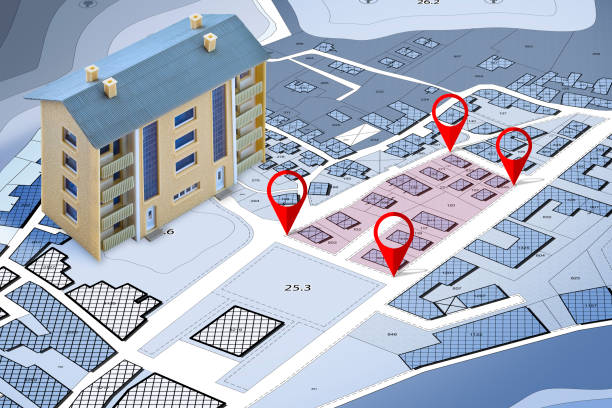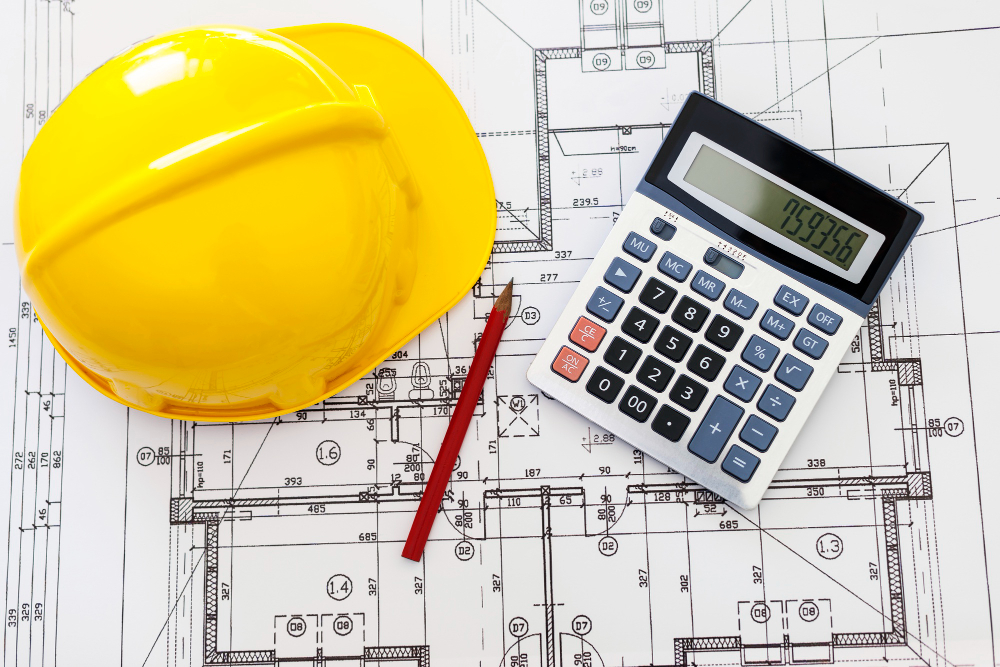What Does C4-1D Zoning Mean in Los Angeles?
Zoning in Los Angeles is one of the most common sources of confusion for homeowners, developers, and even seasoned investors. Many property owners only discover their zoning designation when they plan to expand or renovate. One frequent example is finding out a residential property is zoned C4-1D, which can leave people wondering what they can and cannot do.
Table of Contents
ToggleAt JDJ Consulting Group, we help clients navigate situations just like this. Let’s break down what C4-1D zoning means, why it matters, and what steps you can take if you want to build or expand on your property.
What Is C4 Zoning in Los Angeles?
The “C4” designation is part of the city’s commercial zoning system. Specifically:
C4 = Commercial zoning, high-intensity.
This zone is intended for larger-scale commercial uses such as retail, restaurants, or mixed-use projects.Residential use is not the main intent.
While some residential units may be allowed (often in mixed-use developments), the zoning primarily supports businesses.
For a homeowner, this creates a unique situation. Even if you are living in a house on that lot, the land itself is technically zoned for commercial activity, not residential expansion.
What Does the “1D” Mean?
The additional symbols after C4 matter just as much as the base code.
“1” refers to the height district. This controls building height, floor area ratio (FAR), and lot coverage. In most cases, it limits how much total floor area can be built relative to the lot size.
“D” stands for a Development Limitation (D-Limitation). This is a custom restriction placed on the property, often through a zoning ordinance or city council action. It can limit things like maximum floor area, uses, or parking requirements beyond the base zoning rules.
In short: C4-1D means your property is zoned for commercial uses, with specific restrictions on size and development.
Why Is This a Problem for Homeowners?
For someone living on a property zoned C4-1D, challenges arise when you try to:
Expand the house with new square footage.
Add an accessory dwelling unit (ADU).
Convert or remodel parts of the structure.
Since the zoning doesn’t match a traditional residential designation (like R1 or RD), you may run into hurdles with permits. City reviewers could flag your project as non-conforming use or require additional steps to approve residential work.

What Are Your Options?
While this situation may feel like a “pain in the butt,” there are paths forward. Here are some of the most common strategies:
Check Existing Rights
Sometimes, properties are considered “legal non-conforming.” That means even though the zoning has shifted, your home use is still recognized as legal. You may have limited rights to expand or improve under those conditions.
Apply for a Zone Variance or Adjustment
If your project doesn’t comply with zoning, you may be able to request a variance or adjustment from the city. This process requires paperwork, justification, and often public hearings.
Consider a Zone Change or General Plan Amendment
In some cases, especially if multiple nearby properties face similar issues, property owners pursue a zone change. This is a larger process but can align your property with residential zoning.
Work with Professionals
Zoning designations like C4-1D are complex. A consultant or land-use expert can interpret the exact limitations and guide you on the most realistic options.
How JDJ Consulting Group Helps
At JDJ Consulting Group, we specialize in making sense of Los Angeles zoning codes and guiding property owners through the next steps. If your home sits on a C4-1D lot, we can:
Interpret your zoning restrictions. We break down exactly what the “1D” limitation means for your parcel.
Evaluate your project options. From ADUs to expansions, we assess what is allowed and what pathways exist.
Prepare and file applications. Whether you need a variance, conditional use permit, or entitlement, we handle the paperwork and strategy.
Coordinate with city departments. We act as your representative in navigating approvals, reducing delays and uncertainty.
Key Takeaway
If you own a home in Los Angeles with a zoning designation like C4-1D, you are not alone in feeling frustrated. Many homeowners discover zoning conflicts when they start planning improvements. While it may complicate your project, solutions exist — from variances to zone changes.
The key is understanding what the code means and how to work within (or around) it. At JDJ Consulting Group, we provide the expertise to turn zoning confusion into clear, actionable steps so you can move forward with your plans.
Clarify What You Can (and Can’t) Build on C4-1D Land
If your property is zoned C4-1D, it comes with commercial zoning, a height district, and a development limitation — and that can seriously limit what you can build or expand.
At JDJ Consulting Group, we help you decode your zoning rules, explore variance or zone-change options, and guide you through permitting.
Let’s make a plan that works — book a free consultation today.
📞 (818) 793-5058
✉️ sales@jdj-consulting.com
Schedule a Free Consultation





